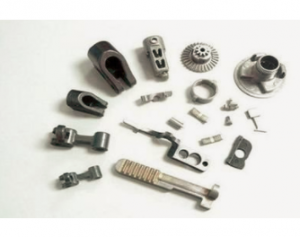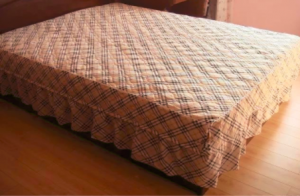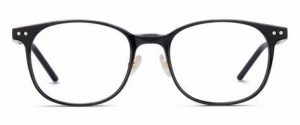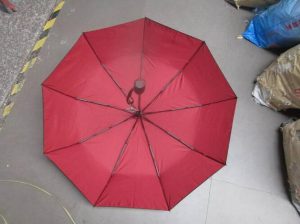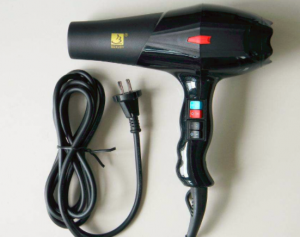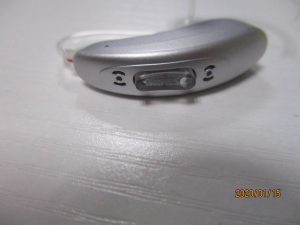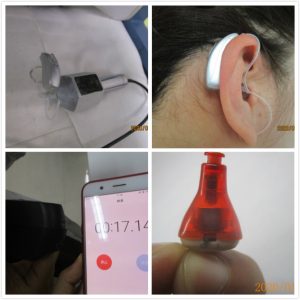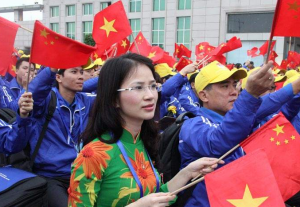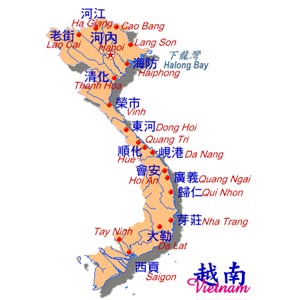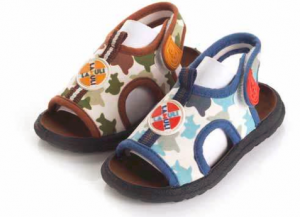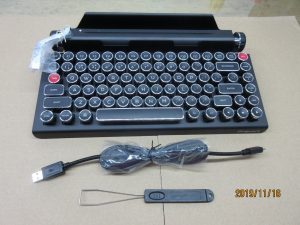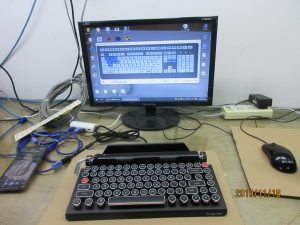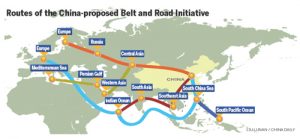
The One Belt One Road strategy is built on the ancient and maritime silk road. It is a major strategy proposed by China for the transformation of the national economy in recent years. It is conducive to promoting the rapid development of the Chinese economy, effectively solving the problem of excess production capacity, promoting GDP growth and domestic employment, and reducing the gap between different regions This gap provides favorable guarantees for building a harmonious society. The challenges brought by the Belt and Road Initiative to China’s economic development are:
1. The positive impact of the Belt and Road Strategy on China’s economic development
(1) Promote the regional economy in the central and western regions and consolidate the coastal economy in the east. Under the new situation, the Silk Road economy is rich in natural resources. However, due to subjective and objective factors in various aspects, there are certain problems, such as inconvenient transportation, Economic development is slow, and there is an urgent need to revive the ancient Silk Road, give full play to all aspects of the advantages of the central and western regions, and promote the comprehensive development of the central and western regions. Under the role of the Belt and Road Initiative, traditional and characteristic industries in the central and western regions have developed rapidly, and a brand-new industrial chain has emerged. Together with the implementation of the western development strategy, China’s central and western regions have ushered in new development opportunities and greatly accelerated the central and western regions. The speed of regional development is conducive to improving the overall economic benefits of the region. At the same time, under the role of the Belt and Road Initiative, the eastern coastal economy has been further consolidated. As far as the eastern region is concerned, it has convenient water transportation and superior natural conditions, but the social market space is gradually saturated, and the lack of consumer demand is widespread. With the help of the One Belt One Road strategy, the eastern coastal areas have new development opportunities, further expansion of foreign markets, the implementation of the One Belt One Road strategy, effectively consolidating the economy of the eastern coastal areas, and promoting the development of the region in a better and faster way. Be prepared for comprehensive strength.
(2) Effectively solving the problem of overcapacity In the process of China’s economic development, the importance of the implementation of the Belt and Road Initiative is self-evident. In the context of the social market economy, China’s economic growth is already in a new normal, which is conducive to the effective solution of the problem of excess capacity. Many areas have ushered in new development opportunities, such as real estate, cement, and steel, which are conducive to the implementation of the global strategy. Under the One Belt One Road strategy, the relevant industries have been effectively integrated. For example, in 2016, Baosteel’s internal planning and reorganization effectively disposed of zombies and so on, and improved energy efficiency in various aspects. At the same time, since the reform and opening up, China has been developing labor-intensive manufacturing industries with the help of developed country markets, such as the United States and Europe. However, as labor costs are increasing, China ’s manufacturing industries are in trouble. Some industries with excess capacity are not saturated in many less developed countries, and demand is particularly high. In this context, with the help of the Belt and Road Initiative, China is better positioned on the road of international capacity cooperation. The output of industries and capabilities has become the key, not just commodity trade and various products.
(3) Conducive to industrial transformation and upgrading, and embark on the road of brand autonomy. From an objective perspective, the One Belt One Road strategy meets the objective requirements of the new normal development of the Chinese economy, conforms to the objective laws of the development of the times, and promotes the overall development of the Chinese economy. Important Guarantee. In the past, in terms of foreign trade, China was at the bottom of the industrial chain, with processing trade as its center. The added value of the industry was not high, and it did not have a high return on investment, which seriously affected the sustainable development of the Chinese economy. Under the Belt and Road Initiative, China’s industrial structure can be better transformed and upgraded. Enterprises in related industries can optimize the use of a series of advanced technologies and experience, optimize the traditional extensive industrial structure, and transform to an intensive industry, which will help strengthen their innovation awareness and optimize utilization. All aspects of resources, build independent brands, effectively respond to the rapidly changing international market, and better respond to challenges from various aspects. For example, in 2014, Chery Automobile has appeared in the Iranian market. This is a Chinese company’s overseas investment and development of independent brands. A major breakthrough in this regard has far-reaching significance. Under the role of the Belt and Road Initiative, China’s domestic demand has further expanded, exports have increased sharply, the surplus labor force has been improved, more platforms have been provided for individual employment, entrepreneurship and even innovation, and a harmonious and stable energy supply environment has benefited China. Industries and fields develop better.
2. Challenges brought by the Belt and Road Strategy to China’s economic development
While promoting the economic development of China, the Belt and Road Initiative has brought new challenges, which are reflected in different aspects.
(1) The economic development is in an unbalanced state, and the market is difficult to expand. Developed and emerging economies are included along the Belt and Road, and economic development is not balanced, which is not conducive for Chinese companies to better enter relevant markets, mainly because in the new situation, market access standards are not the same, and business cooperation In the process, it is difficult for Chinese companies to accurately grasp the corresponding scales in accordance with specific conditions, resulting in more uncertain factors in economic and trade exchanges. At the same time, along the Belt and Road, most of them belong to developing countries. The overall economic level needs to be improved. To achieve a win-win situation, we need multiple efforts.
(2) The political instability of the countries along the route is not conducive to the overall development of China’s economy. As far as the Belt and Road is concerned, there are particularly many countries involved. Some of them have conflicts in various aspects, such as territories, races, religions, and are threatened by terrorist forces. They are not conducive to social stability and hinder the pace of economic development. . In other words, in the course of trade, the investment risk coefficient of imports and exports will definitely increase. In addition, some countries’ politics is in turmoil. China’s expansion theory and China’s threat theory will affect the implementation of the Belt and Road Strategy and hinder China. Comprehensive economic development.
3. Concluding Remarks In the context of the social market economy, the proposal of the Belt and Road Initiative has had varying degrees of impact on the overall development of the Chinese economy. The advantages outweigh the disadvantages, and are conducive to promoting the comprehensive economic development of the central and western regions of China. Solving the problem of excess capacity is conducive to the transformation and upgrading of the industrial structure, but there are also certain risks, large cultural differences, and political instability. Chinese enterprises must integrate their own operating conditions, base on the basic national conditions, implement the Belt and Road development concept, give full play to their advantages in various aspects, promote the comprehensive development of China’s economy, continuously enhance China’s comprehensive strength, and embark on a long-term development path. China occupies an important position.
